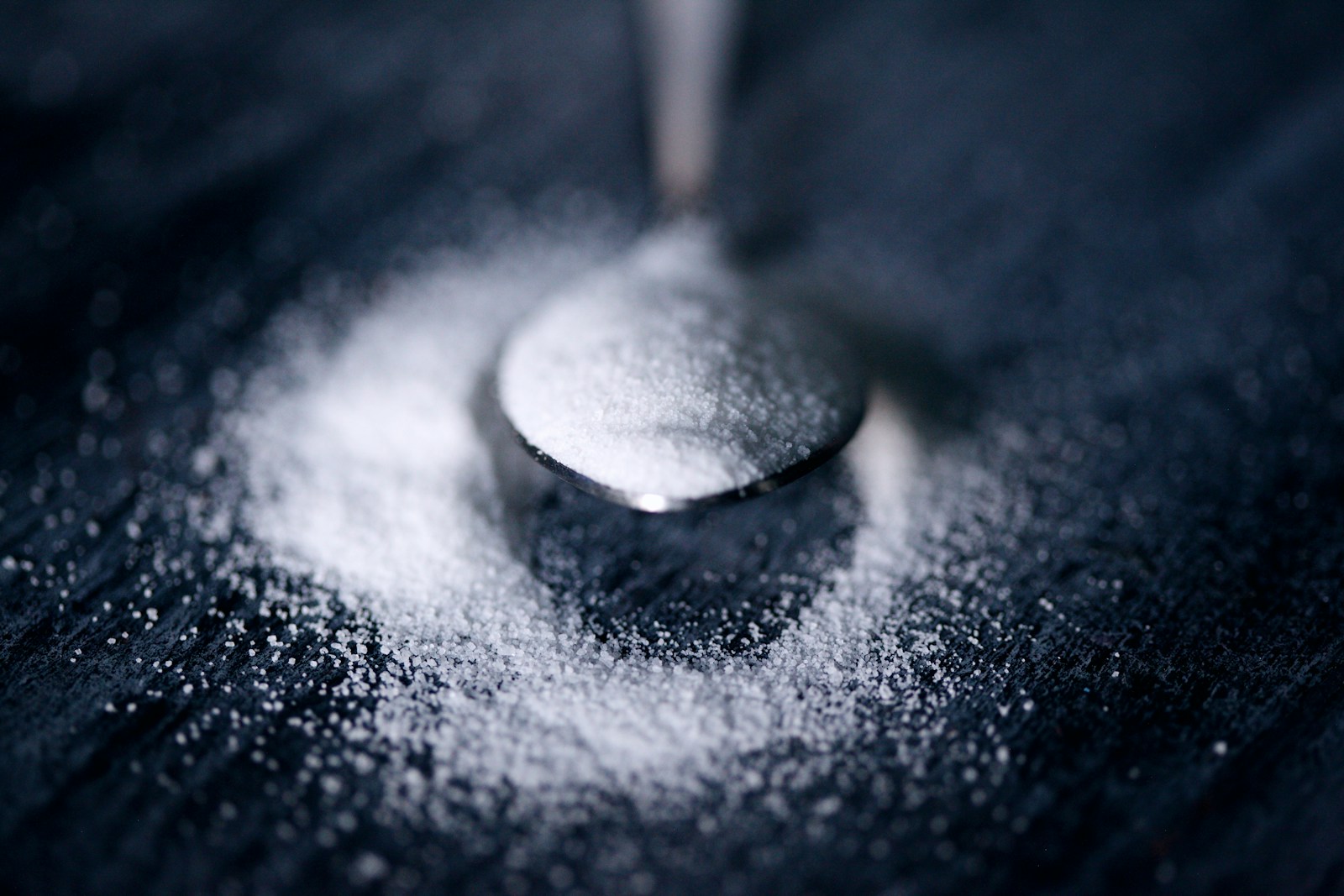Sugar addiction is more than a mere craving; it’s a complex interplay of biological mechanisms, psychological triggers, and social influences that makes sugar one of the most irresistible substances in our diet. This deeper exploration into the roots of sugar addiction reveals why it is such a pervasive issue and provides insights into effective strategies for overcoming it. Biological Roots of Sugar Addiction The human brain is wired to seek pleasure—a survival mechanism that has evolved over millennia. Sugar activates the brain’s reward system by triggering the release of dopamine, a neurotransmitter that enhances feelings of pleasure and satisfaction. This biochemical reaction is not just about enjoying sweetness; it harks back to our ancestors’ days when high-calorie foods could mean the difference between survival and starvation. Despite the abundance of food in the modern world, this ancient wiring plays a significant role in our sugar cravings today.
Insulin Spikes and Cravings
Sugar consumption causes a rise in blood glucose levels, which stimulates the pancreas to release insulin. This hormone helps cells absorb glucose, converting it to energy. However, a sharp increase in insulin can lead to a rapid drop in blood sugar, or hypoglycemia, which can trigger feelings of hunger, fatigue, and a need to ingest more sugar to counterbalance the drop. This cycle of spikes and drops in blood sugar and insulin levels can create a physical dependency on sugar for energy regulation.
Managing Insulin Levels
One practical tip to manage this cycle is to combine sugary foods with fiber or protein. For example, pairing a piece of fruit with a handful of nuts can slow down glucose absorption, preventing a sudden insulin spike. Additionally, focusing on complex carbohydrates like whole grains can provide a more stable energy release compared to refined sugars.
Genetic Factors
Our genetic makeup can predispose us to sugar addiction. Variations in genes that affect the dopamine and opioid systems of the brain can make some individuals more prone to sugar addiction. Furthermore, genetic differences in taste receptors can cause some people to find sugar more palatable, which can lead to increased consumption. Research has shown that these genetic factors can influence dietary patterns and addictive behaviors, making it harder for some people to resist sugary foods.
Genetic Testing and Personalized Diets
For those concerned about genetic predispositions, genetic testing can provide insights into how one’s body processes sugar. This information can be used to tailor diets that mitigate the risk of addiction, focusing on foods that satisfy cravings without leading to overconsumption.
Psychological and Emotional Drivers
Stress and Emotional Eating
Emotional eating is a significant psychological factor contributing to sugar addiction. Many individuals consume sugary foods as a way to manage stress, anxiety, or depression. This coping mechanism is often rooted in childhood, where sweets may have been used as rewards or to soothe discomfort. The temporary relief that sugar provides reinforces the behavior, making it a go-to solution during emotional distress.
Building Healthier Coping Mechanisms
Developing alternative methods to cope with emotions is crucial. Activities such as meditation, journaling, or even a brisk walk can serve as effective substitutes for reaching for sugary snacks. Engaging in these activities can help break the cycle of emotional dependency on sugar.
Habit and Conditioning
The frequent consumption of sugary foods strengthens neural pathways that associate sugar with comfort and reward. Over time, these pathways become more entrenched, making the habit of reaching for sugar more automatic. Behavioral patterns surrounding sugar consumption are often established in childhood but can be reinforced throughout life by cultural norms and personal experiences, making them deeply ingrained and difficult to break.
Breaking the Habit Loop
One effective strategy to break this loop is to identify triggers. Keeping a food journal can help pinpoint specific situations or emotions that lead to sugar cravings. Once identified, these triggers can be addressed with different strategies, such as substituting sugary foods with healthier options or changing the environment to reduce exposure to sugar cues.
Environmental and Social Influences
Marketing and Availability
Sugar is omnipresent in our food environment, which is a testament to both its palatability and the marketing prowess of food manufacturers. Added sugars are found in a vast array of products, often in surprising amounts. Aggressive marketing strategies, especially those targeting vulnerable populations like children, perpetuate a cycle of dependency from a young age, making sugar a constant presence in people’s diets.
Navigating the Sugar-Saturated Environment
To combat this, becoming a savvy consumer is essential. Reading nutrition labels carefully and being aware of the many names sugar can hide under—such as high fructose corn syrup, dextrose, and maltose—can help reduce consumption. Opting for products with natural sweeteners or no added sugar can also make a significant difference.
Social Practices
Cultural norms and social practices significantly influence our consumption of sugar. Foods high in sugar are staples at celebrations, holidays, and other social gatherings. These practices not only normalize high sugar consumption but also reinforce the role of sugary foods in fostering social bonds and enhancing communal experiences, embedding sugar deeply into our social fabric.
Redefining Social Norms
While it might seem challenging, changing the social narrative around sugar is possible. Hosting gatherings with healthier options, or even creating new traditions that don’t center around sugary treats, can slowly shift the cultural reliance on sugar. Encouraging potlucks with a focus on whole foods can also introduce friends and family to more balanced dietary choices.
Combating Sugar Addiction
Awareness and Education
Increasing public awareness about the dangers of excessive sugar consumption and educating people on how to identify hidden sugars in their diet are critical first steps. Public health campaigns and educational programs can play significant roles in changing dietary habits.
Empowering Through Knowledge
Workshops and community classes focused on nutrition can empower individuals to make informed dietary choices. These programs can also provide practical cooking demonstrations that showcase how to prepare delicious meals without added sugars.
Dietary Changes
Reducing sugar intake can be challenging but is essential for breaking the cycle of addiction. Strategies include replacing sugary snacks with healthier options, such as fruits and nuts, and choosing whole foods over processed foods. Eating regularly to maintain stable blood sugar levels can also prevent the highs and lows that drive sugar cravings.
Practical Dietary Tips
- Start Small: Gradually reduce sugar in your diet to avoid withdrawal symptoms. Begin by cutting back on sugary drinks and replacing them with water or herbal teas.
- Focus on Whole Foods: Incorporate more fruits, vegetables, and whole grains into meals. These foods provide essential nutrients and help maintain energy levels.
- Mindful Eating: Practice mindful eating to better recognize hunger cues and avoid mindless snacking on sugary foods.
Psychological Interventions
For those who use sugar to cope with emotional issues, therapies like cognitive behavioral therapy (CBT) can be effective. CBT helps individuals develop healthier coping mechanisms and change the thought processes that lead to sugar consumption.
Seeking Professional Help
Engaging with a therapist or counselor specializing in food addiction can provide personalized strategies to tackle sugar dependency. Support groups can also offer a sense of community and shared experiences, which can be motivating and reassuring.
Policy Interventions
Governments can help curb sugar consumption through policies like taxing sugary drinks, restricting marketing aimed at children, and enforcing transparent food labeling. These interventions can reduce the prevalence of sugar in the public diet and shift norms around its consumption.
Community Advocacy
Becoming involved in advocacy efforts can amplify the push for policy changes. This might include participating in local government meetings or joining health-focused organizations that lobby for legislative actions against excessive sugar consumption.
The challenge of overcoming sugar addiction requires a multifaceted approach. By understanding and addressing the biological, psychological, and social factors that contribute to sugar addiction, individuals and societies can better manage and potentially overcome the allure of sugar.




